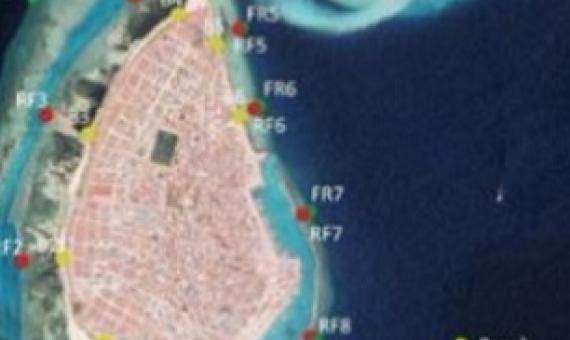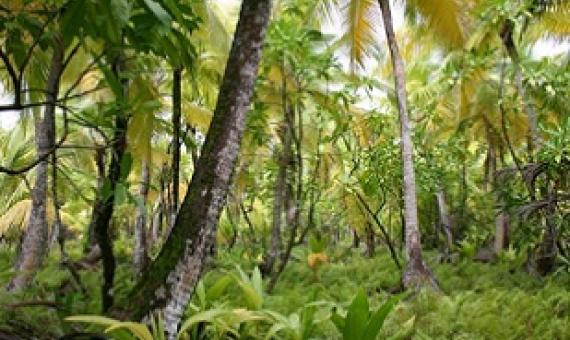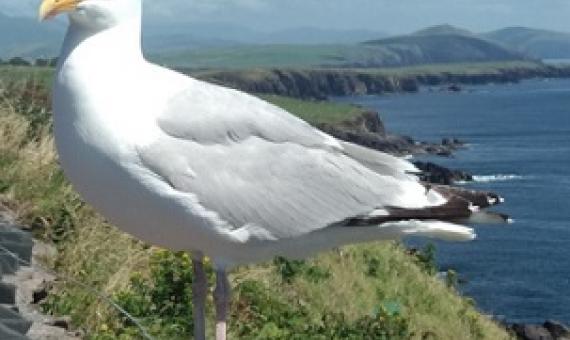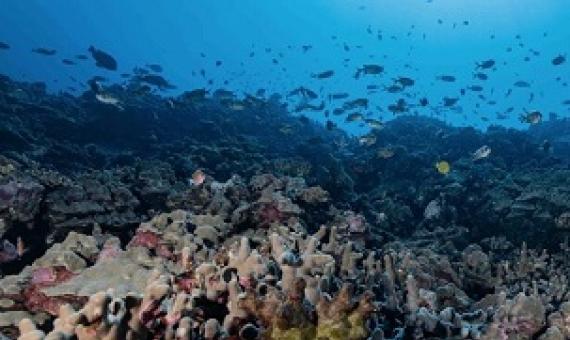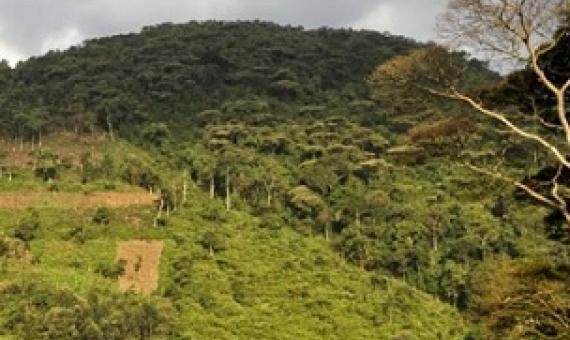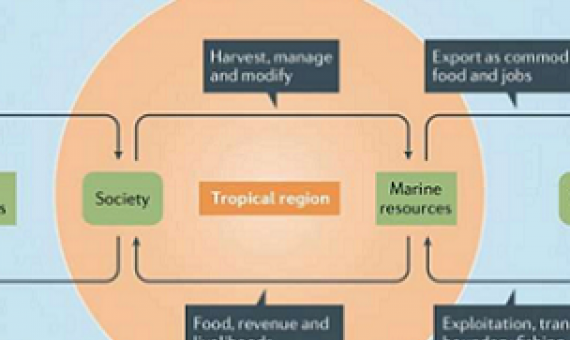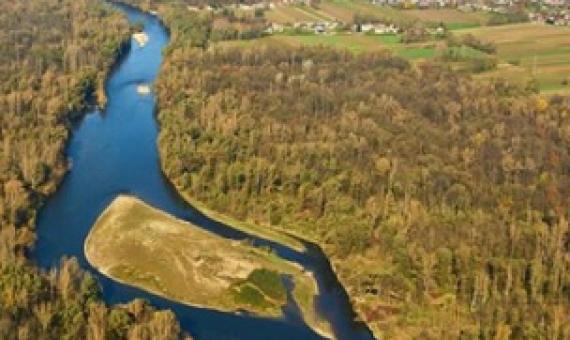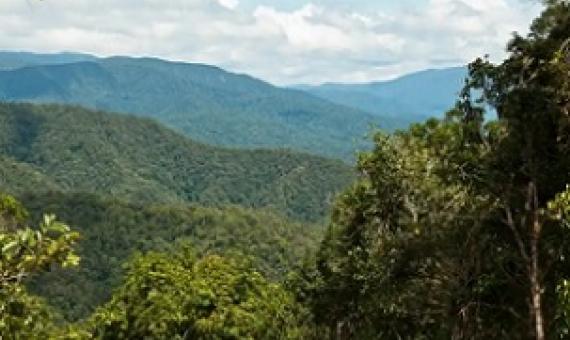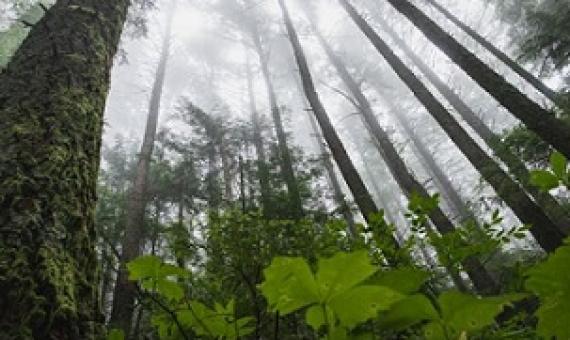Australia's Flinders University, on August 1, declared Maldives to be one of the countries most polluted by microplastics, on the planet. Microplastics refer to plastic particles measuring less than five millimetres and are now globally recognized as a pollutant of increasing concern.
Chinese researchers have discovered that the plant community showed higher sensitivity to plant invasions than the soil microbial and fauna communities on tropical coral islands.
Seabird species such as gulls and pelicans are often overlooked when it comes to conservation and can struggle to capture the public eye.
Resource fishes—species targeted for human consumption—play a key role in reef ecosystems long before they end up on the dinner table.
Satellite observations suggest that protected areas may help conserve stable levels of land productivity. However, productivity has dropped or risen in nearly half of the total land under protection worldwide, pointing to potentially detrimental factors.
Tropical oceans and fisheries are threatened by climate change, generating impacts that will affect the sustainable development of both local economies and communities, and regions outside the tropics through 'telecoupling' of human-natural systems, such as seafood trade and distant-water fishing
More than 500 dams are planned or under construction within protected areas, according to a new study published in Conservation Letters.
New Guinea is home to more than 13,500 species of plant, two-thirds of which are endemic, according to a new study that suggests it has the greatest plant diversity of any island in the world – 19% more than Madagascar, which previously held the record.
For millions of years, remote islands have been hotbeds of biodiversity, where unique species have flourished.
Forests are thought to be crucial in the fight against climate change—and with good reason.

